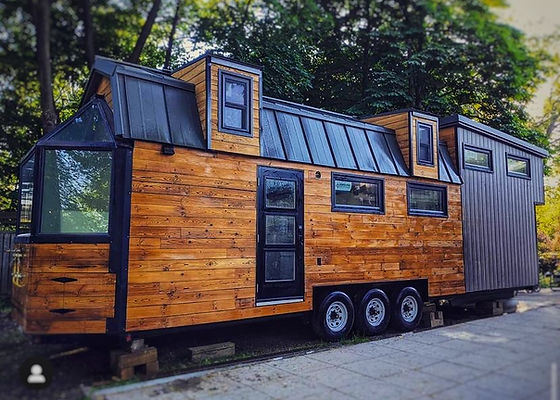
Welcome to 'Eco-Inspired Living: Top 10 Green Building Projects for Your Homestead.'
In this article, we will explore innovative and sustainable construction methods that promote eco-friendly living.
From straw bale construction to green roofing and recycled building materials, these projects offer practical solutions for reducing environmental impact while creating a harmonious home.
Whether you're a homesteader or simply seeking a greener lifestyle, these ideas will inspire and empower you to make conscious choices in your building projects.
Join us on this journey towards a more sustainable future.
Straw Bale Construction
Straw bale construction is a sustainable building method that utilizes tightly-packed straw bales as the primary structural material. This innovative approach offers numerous benefits, making it an attractive option for those seeking eco-friendly building solutions.
One of the key advantages of straw bale construction is its exceptional insulation properties. The natural structure of straw bales allows for the creation of highly energy-efficient buildings, reducing the need for additional insulation materials. Straw bales possess excellent thermal resistance, effectively preventing heat transfer and maintaining a comfortable indoor temperature.
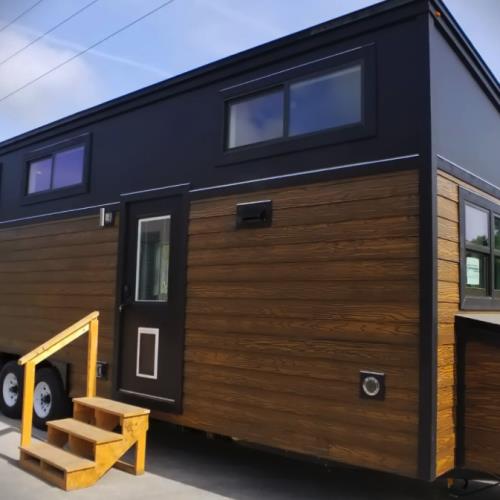
Additionally, straw bale construction promotes sustainability by utilizing a renewable resource that is readily available. By incorporating straw bales into building projects, individuals can contribute to reducing their carbon footprint and supporting a more environmentally friendly lifestyle.
Green Roofing
Green roofing is a sustainable roofing method that incorporates living vegetation to provide numerous environmental and energy-saving benefits. Here are some of the advantages of green roofing:
- Energy efficiency: Green roofs act as an insulating layer, reducing the need for heating and cooling in buildings.
- Improved air quality: The plants on green roofs absorb pollutants and release oxygen, improving the air quality in urban areas.
- Stormwater management: Green roofs absorb rainwater, reducing stormwater runoff and the strain on drainage systems.
- Biodiversity promotion: Green roofs create habitats for birds, insects, and other wildlife, increasing urban biodiversity.
When it comes to installation techniques, there are two main types of green roofs: intensive and extensive. Intensive green roofs have a thicker soil layer and can support a wider variety of plants. Extensive green roofs, on the other hand, have a shallower soil layer and are lighter in weight, making them suitable for a wider range of buildings.
Rammed Earth Walls
Rammed earth walls are a sustainable and durable construction technique that continues the eco-friendly focus of green roofing. These walls are made by compacting a mixture of earth, gravel, and clay into formwork. The resulting structure is not only visually appealing but also offers several sustainability benefits.
Rammed earth walls are low in embodied energy, meaning they require minimal energy for production and construction. They also have excellent thermal mass properties, providing natural insulation and reducing the need for artificial heating and cooling. Additionally, these walls have a long lifespan and require minimal maintenance, further enhancing their sustainability credentials.
The use of rammed earth walls in building projects promotes energy efficiency and reduces the environmental impact, making it an excellent choice for eco-conscious individuals.
Recycled Building Materials
Recycled building materials offer numerous benefits for eco-inspired living.

Not only do they reduce waste and conserve resources, but they also contribute to the overall cost-effectiveness of a construction project.
Additionally, the use of recycled materials allows for innovative and creative designs, showcasing the potential for transforming what was once considered waste into functional and aesthetically pleasing building components.
Benefits of Using Recycled Materials
What are the advantages of incorporating recycled materials into your building projects for a more sustainable homestead?
Using recycled building materials offers several benefits, including:
- Reducing waste: By utilizing materials that have already been used, you are preventing them from ending up in landfills, reducing the amount of waste generated.
- Environmental impact: The production of new building materials often requires significant amounts of energy and natural resources. By using recycled materials, you are minimizing the need for resource extraction and reducing the associated environmental impact.
- Cost-effectiveness: Recycled materials are often more affordable than new ones, making them a cost-effective option for your building projects.
- Promoting sustainability: Incorporating recycled materials into your construction helps to promote sustainable practices and reduce the demand for new materials, contributing to a more sustainable homestead.
Cost-Effectiveness of Recycled Materials
Using recycled building materials can provide a cost-effective solution for your construction projects while promoting sustainability and reducing environmental impact.
One of the main cost-saving benefits of using recycled materials is that they are often cheaper than new materials. This is because recycled materials are obtained from sources such as demolition sites or waste streams, which reduces the need for extraction and manufacturing processes.
Additionally, using recycled materials can help reduce the environmental impact associated with construction. By diverting materials from landfills and reducing the demand for new resources, the use of recycled materials helps to conserve natural resources and lessen the carbon footprint of the construction industry.
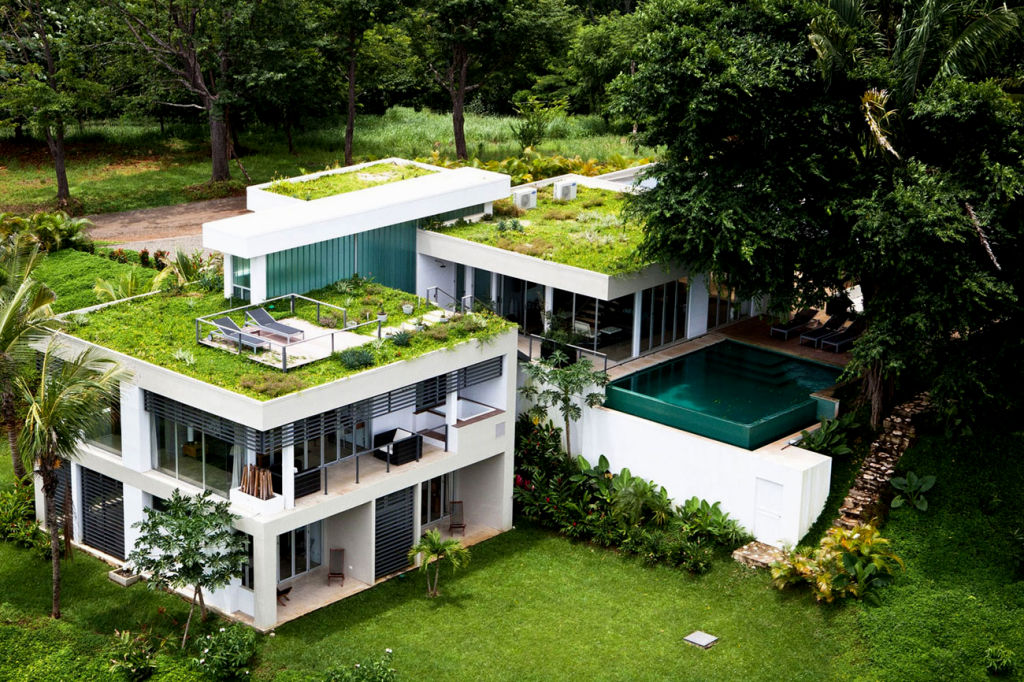
Innovative Uses for Recycled Materials
Continuing the exploration of cost-effective and sustainable construction practices, incorporating recycled building materials opens up a world of innovative possibilities for your green building projects. By utilizing upcycled furniture and repurposed containers, you can not only reduce waste and minimize environmental impact, but also create unique and stylish living spaces.
Here are some ways to incorporate recycled materials into your construction projects:
- Use reclaimed wood for flooring, furniture, or accent walls.
- Turn old shipping containers into functional living spaces or storage units.
- Repurpose salvaged bricks or concrete blocks for landscaping or outdoor structures.
- Incorporate recycled glass or plastic bottles into countertops or walls for a colorful and eco-friendly touch.
Passive Solar Design
Passive solar design is an effective and sustainable approach to harnessing the sun's energy for heating and cooling purposes in residential buildings. By strategically utilizing the natural elements of sunlight and heat, homeowners can reduce their dependence on traditional energy sources and lower their carbon footprint.
One key aspect of passive solar design is the installation of solar panels, which capture sunlight and convert it into electricity. These panels can be placed on rooftops or integrated into the building's facade, allowing for maximum exposure to sunlight throughout the day.
Additionally, energy efficient appliances play a crucial role in passive solar design by minimizing energy consumption and maximizing the use of solar-generated power.
Earthbag Construction
One sustainable and innovative construction method that complements passive solar design is earthbag construction. Earthbag construction involves filling bags with earth or other local materials and stacking them to create walls. This low-cost and environmentally friendly technique offers several benefits for those seeking eco-inspired living:
- Affordability: Earthbags are inexpensive and readily available, making them an affordable option for building homes.
- Energy Efficiency: The thermal mass of earthbag walls helps regulate indoor temperature, reducing the need for heating and cooling.
- Durability: Earthbag structures are known for their strength and resistance to natural disasters, such as earthquakes and hurricanes.
- Sustainable Water Management: Earthbag construction allows for the implementation of sustainable water management practices, such as rainwater harvesting and greywater recycling.
Cob Building
Utilizing the technique of cob building, homeowners can create sustainable and eco-friendly structures by mixing clay, sand, and straw as the primary building materials. Cob building is an ancient construction method that has gained popularity in recent years due to its numerous benefits.
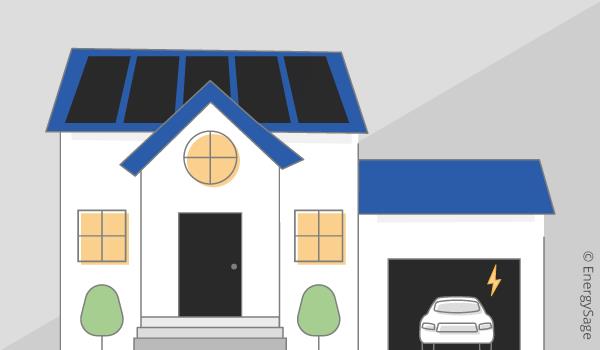
It is a low-cost, energy-efficient, and environmentally friendly way of building homes. The mixture of clay, sand, and straw creates a strong and durable material that can withstand different weather conditions. Cob buildings also have excellent thermal mass, which helps regulate indoor temperatures and reduces the need for heating and cooling systems.
Additionally, cob buildings have a unique aesthetic appeal, with their rounded walls and organic shapes. Overall, cob building is a great option for those looking for eco-friendly construction techniques that promote sustainability and self-sufficiency.
Tiny House Building
A popular trend in sustainable housing, constructing tiny houses offers homeowners an efficient and compact living solution. With their minimalist design and emphasis on functionality, tiny houses have gained significant traction in the green building movement. Here are some key features and benefits of tiny house design:
- Space Optimization: Tiny houses utilize every inch of space, incorporating clever storage solutions and multi-purpose furniture.
- Energy Efficiency: These homes are designed to be energy-efficient, with features like solar panels, low-flow fixtures, and insulation.
- Affordability: Tiny houses are often more affordable than traditional homes, allowing homeowners to reduce their financial burden and focus on what truly matters.
- Mobility: Many tiny houses are built on wheels, enabling homeowners to have the freedom to move and travel as they desire.
The tiny house movement encourages individuals to live more sustainably and embrace a simpler way of life.
Eco-Friendly Landscaping
Eco-friendly landscaping encompasses various practices that promote sustainability and harmony with the environment.
One key aspect is the use of native plants, which offer numerous benefits such as requiring less water and maintenance, supporting local ecosystems, and attracting pollinators.
Additionally, sustainable water management techniques, such as rainwater harvesting and drip irrigation, can help conserve water resources.
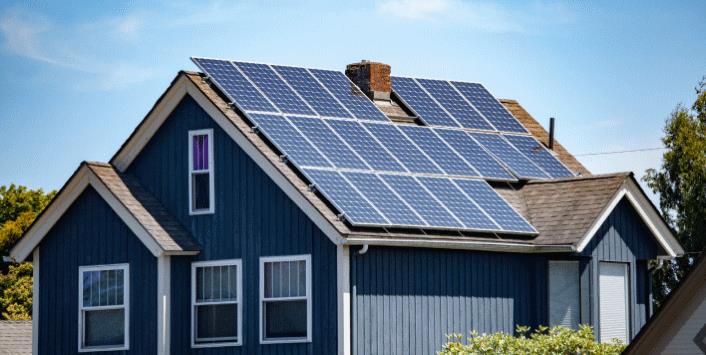
Lastly, designing a wildlife-friendly garden can create a habitat for birds, butterflies, and other beneficial creatures, contributing to biodiversity conservation.
Native Plant Benefits
By incorporating native plants into your landscape, you can enhance the ecological sustainability of your homestead. Native plant restoration plays a crucial role in preserving biodiversity and supporting the overall health of ecosystems. Here are some benefits of using native plants in your landscaping:
- Conservation of water: Native plants are adapted to the local climate and require less water, reducing the need for irrigation and conserving water resources.
- Pollinator support: Native plants provide essential food and habitat for pollinators such as bees, butterflies, and birds, helping to maintain healthy populations.
- Soil health improvement: Native plants have deep roots that help improve soil structure, prevent erosion, and increase water infiltration.
- Reduced need for pesticides: Native plants have developed natural defenses against local pests and diseases, reducing the need for chemical pesticides and promoting a healthier environment.
Incorporating native plants into your landscape not only benefits the environment but also creates a beautiful and sustainable space for your homestead.
Sustainable Water Management
One essential aspect of sustainable water management in eco-inspired landscaping is the efficient use of water resources. Water conservation is a key practice that can be incorporated into eco-friendly landscaping to minimize water waste and promote sustainability.
By implementing strategies such as rainwater harvesting, homeowners can collect and store rainwater to use for irrigation purposes, reducing the reliance on municipal water sources. Rainwater harvesting systems can range from simple rain barrels to more complex systems that collect and filter rainwater for use throughout the landscape.
These practices not only help conserve water but also reduce water bills and promote self-sufficiency. By adopting sustainable water management techniques, homeowners can create a beautiful and eco-friendly landscape while minimizing their environmental impact.
Wildlife-Friendly Garden Design
Implementing a wildlife-friendly garden design is crucial for promoting biodiversity and enhancing the sustainability of eco-inspired landscaping. By creating a habitat that supports wildlife conservation and biodiversity preservation, you can contribute to the overall health and balance of the ecosystem. Here are a few key elements to consider when designing a wildlife-friendly garden:
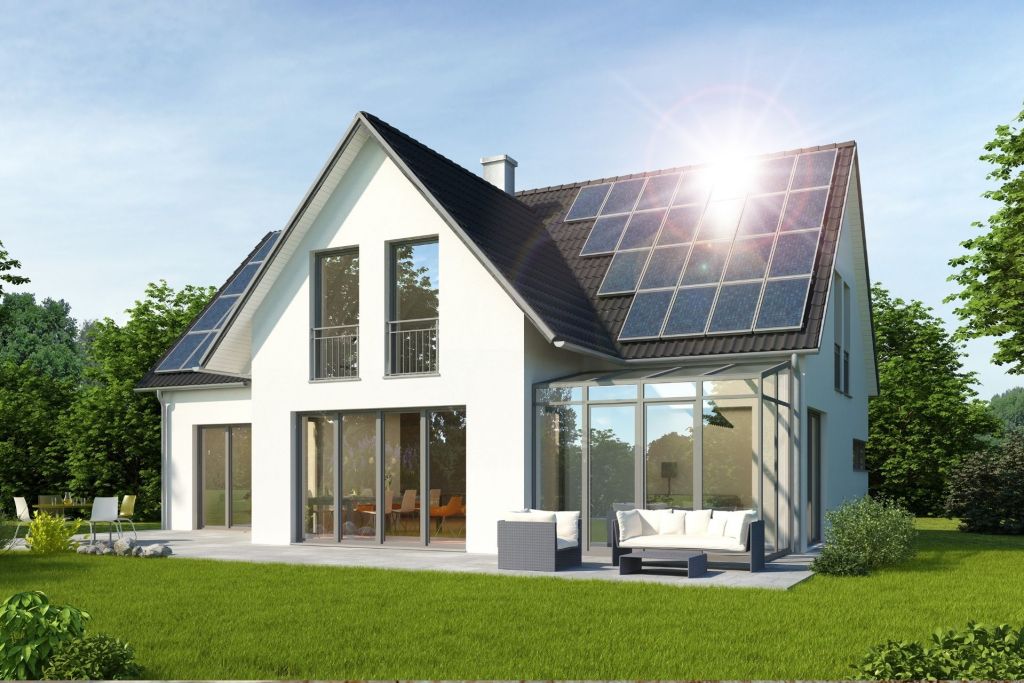
- Plant native species: Native plants provide food and shelter for local wildlife, and they are well-adapted to the local climate and soil conditions.
- Provide water sources: Install birdbaths, ponds, or small water features to attract birds, butterflies, and other animals that rely on water.
- Create diverse habitats: Incorporate a variety of plants, trees, and shrubs to provide different types of shelter and food sources.
- Avoid chemical pesticides: Use organic pest control methods to protect wildlife and prevent the contamination of soil and water.
Natural Swimming Pools
Natural swimming pools are a popular and sustainable choice for homeowners seeking a chemical-free and environmentally-friendly swimming experience. These pools use natural filtration systems to maintain water quality, eliminating the need for harsh chemicals. Instead, they rely on specially designed plants and microorganisms to filter and purify the water.
The plants, typically located in a separate regeneration zone, absorb nutrients and impurities, while the microorganisms break down organic matter. This natural filtration process creates a clean and healthy swimming environment without the use of chlorine or other chemicals.
Frequently Asked Questions
What Are the Advantages of Using Straw Bale Construction for a Home?
Straw bale construction offers several advantages over traditional building materials. It provides excellent insulation, reducing energy consumption and costs. It is also sustainable, using a renewable resource that can be locally sourced.
How Much Do Green Roofing Materials Typically Cost?
Green roofing materials typically cost more than traditional roofing materials, but the exact cost depends on factors such as the type of material, installation complexity, and region. However, alternative options like recycled shingles or living roofs can be more affordable.
Are Rammed Earth Walls Suitable for All Climates?
Rammed earth wall techniques offer sustainable alternatives to traditional construction methods. However, their suitability in different climates depends on several factors, including temperature, humidity, and soil composition. Challenges and considerations arise when adapting rammed earth construction to specific environments.
Where Can I Find Recycled Building Materials for My Construction Project?
There are various sources for recycled building materials for DIY construction projects. Some options include salvage yards, online marketplaces, and community organizations. These materials provide an eco-friendly alternative and contribute to sustainable building practices.
How Can I Incorporate Passive Solar Design Into My Existing Home?
Passive solar design offers numerous benefits, including reduced energy consumption and increased comfort. To incorporate it into an existing home, consider adding south-facing windows, thermal mass materials, and proper insulation to maximize solar gain and heat retention.
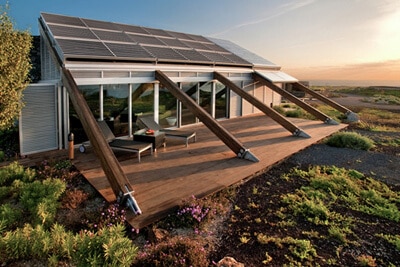
 Family Craft ProjectsHome ImprovementCooking and BakingReuse and RecycleDIY GiftsEco-Friendly ProjectsDIY Home SolutionsSeasonal ActivitiesFun and GamesLearn TogetherPrivacy PolicyTerms And Conditions
Family Craft ProjectsHome ImprovementCooking and BakingReuse and RecycleDIY GiftsEco-Friendly ProjectsDIY Home SolutionsSeasonal ActivitiesFun and GamesLearn TogetherPrivacy PolicyTerms And Conditions

 Family Craft ProjectsHome ImprovementCooking and BakingReuse and RecycleDIY GiftsEco-Friendly ProjectsDIY Home SolutionsSeasonal ActivitiesFun and GamesLearn TogetherPrivacy PolicyTerms And Conditions
Family Craft ProjectsHome ImprovementCooking and BakingReuse and RecycleDIY GiftsEco-Friendly ProjectsDIY Home SolutionsSeasonal ActivitiesFun and GamesLearn TogetherPrivacy PolicyTerms And Conditions
